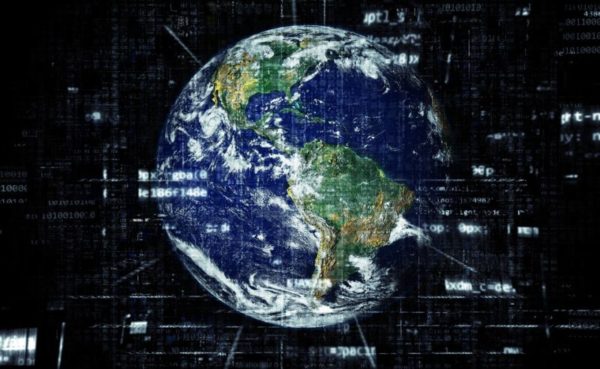There are nearly 8 billion people (opens in new tab) living on Earth today, but our planet wasn’t always so crowded.
Around 300,000 years ago, when Homo sapiens likely first appeared, our total population was small, between 100 and 10,000 people. There were so few people at the start, that it took approximately 35,000 years for the human population to double in size, according to Joel E. Cohen, head of the Laboratory of Populations at the Rockefeller University and Columbia University in New York City. After the invention of agriculture between 15,000 and 10,000 years ago, when there were between 1 million and 10 million individuals on Earth, it took 1,500 years for the human population to double. By the 16th century, the time needed for the population to double dropped to 300 years. And by the turn of the 19th century, it took a mere 130 years.
From 1930 to 1974, the Earth’s population doubled again, in just 44 years. But is the human population expected to continue growing at this rate? And is there an upper limit to how many humans our planet can support?


